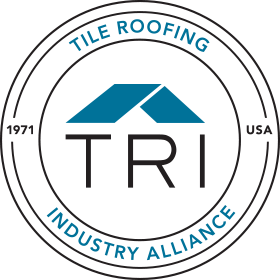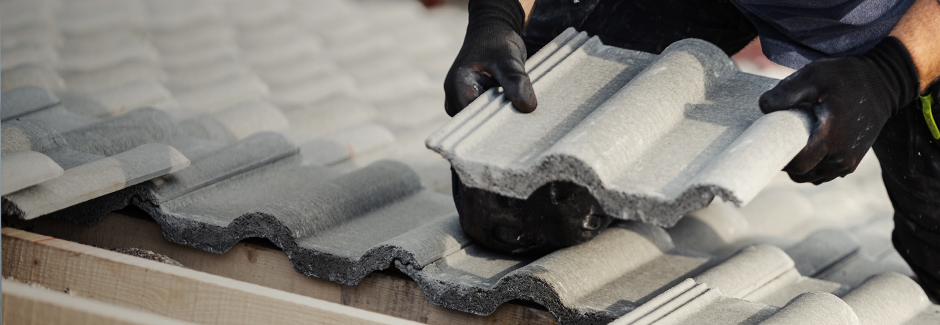Update by TRI President and Technical Director, Rick Olson
TRI Alliance & Partners Advocate Against Proposed Changes
The TRI Alliance technical committee is working in partnership with ARMA, NRCA and other roofing partners to help advocate against the new ICC-International Energy Conservation Code proposed revision to raise the minimum Aged Solar Reflectance for steep slope roofing.
The Proposal – .20 (aged) Solar Reflectance
The International Energy Conservation Code (IECC) is currently out for public comment after the initial hearings in June. Of the many revisions proposed, there is item REPI-068-21 that will address minimum cool roof requirements for both low and steep slope applications. For steep slope the proposed code revision will move the “Specification For The Standard Reference and Proposed Designs” to be a minimum of a 0.20 (aged) solar reflectance.
As the TRI alliance we are advocating that the proposed revisions should not be approved.
By making a prescriptive benchmark, it removes options that builders should have access to for using performance-based alternatives. This proposal prescribes a minimum 0.20 aged reflectance. In almost all residential building on new constructions, builders have exceeded the requirements in other areas of the building. In addition, we are not sure how these would be monitored or enforced for a re-roof application.
A Tile Roof Provides More Energy Reduction Benefits Than Color
Using a one size fits all solution does not provide the full options for a energy reduction program. By looking only at reflectivity, it does not allow for anything beyond surface color to be considered. For concrete and clay tiles, thermal mass and natural air ventilation (above sheathing ventilation) are not being included and they provide equal if not greater energy reduction to roof color alone. The positive reduction in heat transfer from these aspects has been studied and validated via DOE Oakridge National Lab as being a greater benefit than the color of the surface of the tiles. We have shown up to a 70% reduction of heat transfer to the attic areas compared to other roofing products.
Potential Impact On Supply Chain
The color ranges of products that fall within the proposed revision are not colors the consumer will embrace, or builders will use. This will lead to additional costs and less inventory in a supply chain challenged market.
While we support the concept of energy reduction moving forward, we believe the full range of options to achieve this should be found in the various codes.

